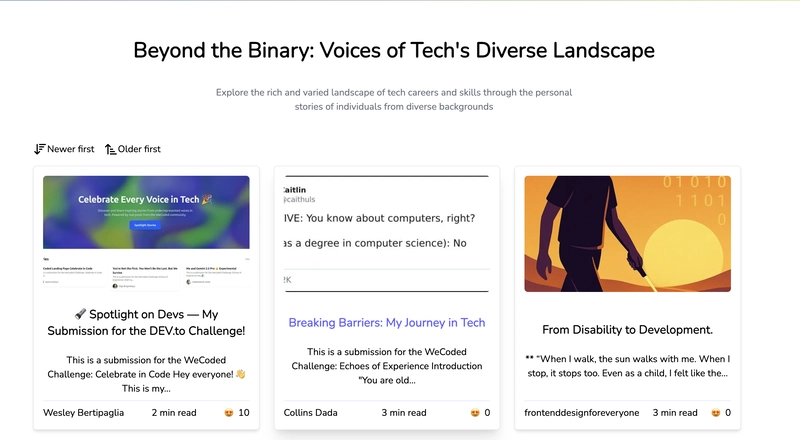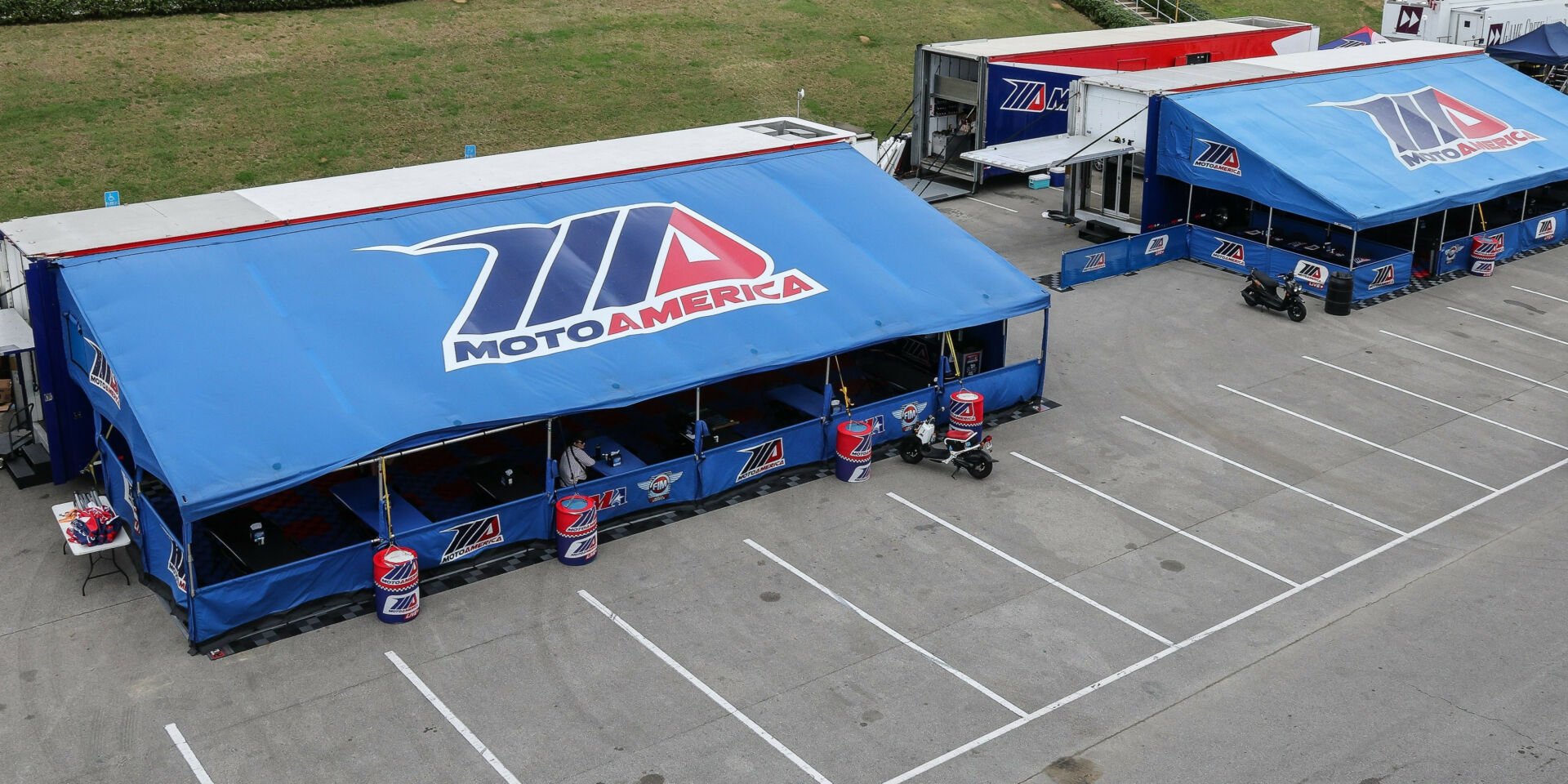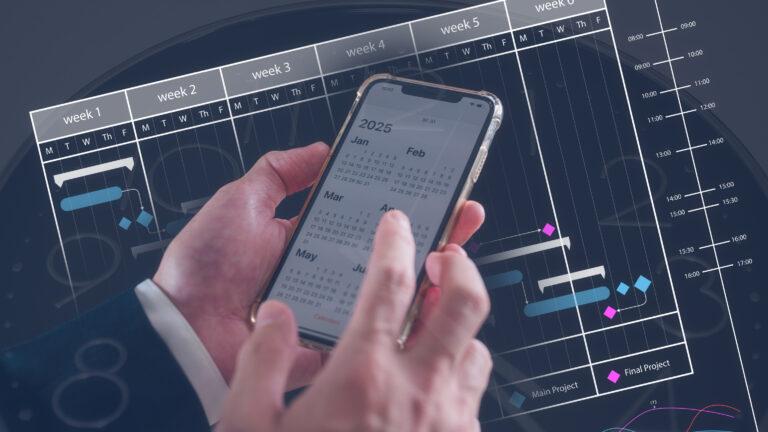is Back-End only Have APIs and DBMS connectivity!?
What is Backend Development? Backend development is a critical part of web and application development that encompasses many components beyond just databases and APIs. It includes several responsibilities to ensure the functionality, performance, and security of a system. Key Aspects of Backend Development 1. Databases Storage: Interacting with databases to store, retrieve, and manage data. Examples include: Relational Databases: MySQL, PostgreSQL NoSQL Databases: MongoDB, Redis Data Modeling: Designing database structure, relationships, and indexes. Queries: Writing queries to interact with the database (CRUD operations). 2. API Development RESTful APIs: Developing APIs for communication between the frontend and backend. GraphQL APIs: Building GraphQL APIs for clients to request only the data they need. 3. Server-Side Logic Application Logic: Implementing business logic, algorithms, and essential functionality. Request Handling: Processing incoming requests, interacting with the database, performing actions (e.g., user authentication), and sending responses. User Authentication & Authorization: Managing login systems, session management, and ensuring access controls. Middleware: Using middleware for error handling, logging, validation, and security checks. 4. Authentication and Authorization Session Management: Handling user sessions, cookies, and JWT tokens. OAuth / OAuth 2.0: Third-party authentication services like Google, Facebook, etc. 5. Server Management & Hosting Web Servers: Configuring and managing web servers such as Nginx and Apache. Cloud Hosting: Hosting backend systems on platforms like AWS, Azure, or Google Cloud. Server Configuration: Managing server settings, environment variables, and deployments. 6. Performance Optimization Caching: Using caching tools like Redis to optimize data retrieval and reduce database load. Load Balancing: Distributing traffic across multiple servers to ensure high availability. Rate Limiting: Controlling the number of requests a user can make to avoid server overload. 7. Security Data Encryption: Ensuring data is encrypted in transit (HTTPS) and at rest. API Security: Securing APIs against attacks like SQL injection, XSS, and ensuring data validation. Firewalls & Security Policies: Implementing security policies to protect the application from unauthorized access. 8. Error Handling & Logging Error Management: Gracefully handling errors without exposing sensitive information. Logging: Keeping detailed logs of application activities, errors, and system health for troubleshooting and monitoring. 9. Testing Unit Testing: Writing tests to verify individual components work as expected. Integration Testing: Ensuring components work together correctly (e.g., database interactions, APIs). Load/Stress Testing: Ensuring the application can handle high traffic loads. End-to-End Testing: Simulating user actions to test the entire flow of the application. 10. Deployment and CI/CD Continuous Integration & Continuous Deployment (CI/CD): Automating the testing, building, and deployment process for faster and error-free updates. Version Control: Using Git for source code management and deployment. So Server includes Backend development covers much more than just databases and APIs. It involves working with server-side logic, authentication, security, performance, testing, and deployment. A backend developer needs proficiency in many tools and technologies to build efficient, scalable, and secure applications.

What is Backend Development?
Backend development is a critical part of web and application development that encompasses many components beyond just databases and APIs. It includes several responsibilities to ensure the functionality, performance, and security of a system.
Key Aspects of Backend Development
1. Databases
-
Storage: Interacting with databases to store, retrieve, and manage data. Examples include:
- Relational Databases: MySQL, PostgreSQL
- NoSQL Databases: MongoDB, Redis
- Data Modeling: Designing database structure, relationships, and indexes.
- Queries: Writing queries to interact with the database (CRUD operations).
2. API Development
- RESTful APIs: Developing APIs for communication between the frontend and backend.
- GraphQL APIs: Building GraphQL APIs for clients to request only the data they need.
3. Server-Side Logic
- Application Logic: Implementing business logic, algorithms, and essential functionality.
- Request Handling: Processing incoming requests, interacting with the database, performing actions (e.g., user authentication), and sending responses.
- User Authentication & Authorization: Managing login systems, session management, and ensuring access controls.
- Middleware: Using middleware for error handling, logging, validation, and security checks.
4. Authentication and Authorization
- Session Management: Handling user sessions, cookies, and JWT tokens.
- OAuth / OAuth 2.0: Third-party authentication services like Google, Facebook, etc.
5. Server Management & Hosting
- Web Servers: Configuring and managing web servers such as Nginx and Apache.
- Cloud Hosting: Hosting backend systems on platforms like AWS, Azure, or Google Cloud.
- Server Configuration: Managing server settings, environment variables, and deployments.
6. Performance Optimization
- Caching: Using caching tools like Redis to optimize data retrieval and reduce database load.
- Load Balancing: Distributing traffic across multiple servers to ensure high availability.
- Rate Limiting: Controlling the number of requests a user can make to avoid server overload.
7. Security
- Data Encryption: Ensuring data is encrypted in transit (HTTPS) and at rest.
- API Security: Securing APIs against attacks like SQL injection, XSS, and ensuring data validation.
- Firewalls & Security Policies: Implementing security policies to protect the application from unauthorized access.
8. Error Handling & Logging
- Error Management: Gracefully handling errors without exposing sensitive information.
- Logging: Keeping detailed logs of application activities, errors, and system health for troubleshooting and monitoring.
9. Testing
- Unit Testing: Writing tests to verify individual components work as expected.
- Integration Testing: Ensuring components work together correctly (e.g., database interactions, APIs).
- Load/Stress Testing: Ensuring the application can handle high traffic loads.
- End-to-End Testing: Simulating user actions to test the entire flow of the application.
10. Deployment and CI/CD
- Continuous Integration & Continuous Deployment (CI/CD): Automating the testing, building, and deployment process for faster and error-free updates.
- Version Control: Using Git for source code management and deployment.
So Server includes
Backend development covers much more than just databases and APIs. It involves working with server-side logic, authentication, security, performance, testing, and deployment. A backend developer needs proficiency in many tools and technologies to build efficient, scalable, and secure applications.
















































































